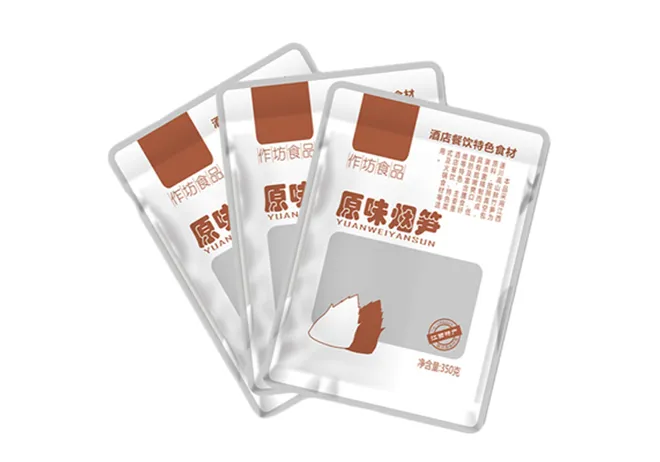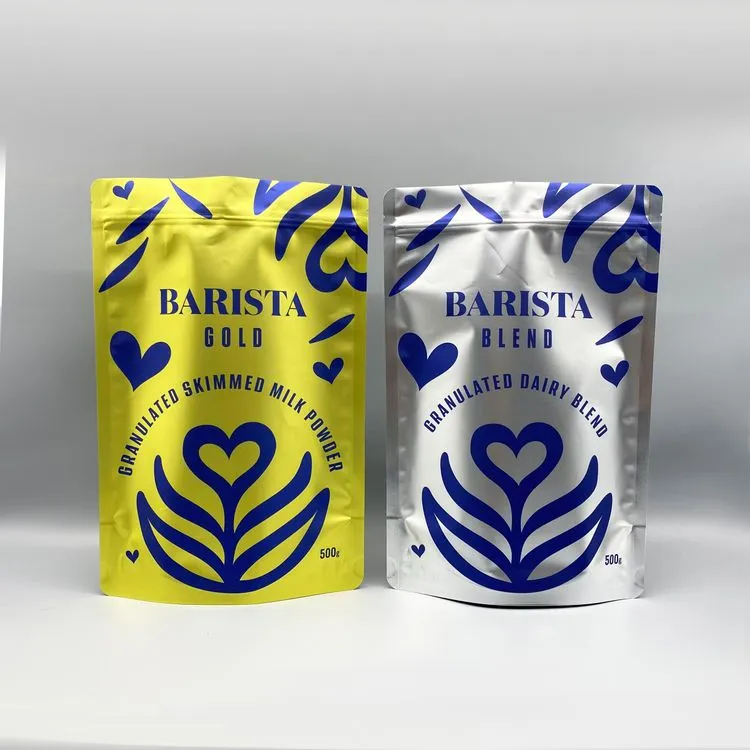The packaging industry is a dynamic and continuously evolving sector, delivering innovative solutions to various businesses worldwide. When discussing product packaging, one of the critical factors that both businesses and consumers focus on is the price. The cost of packing pouches, a highly versatile packaging option, can significantly impact market dynamics and consumer choices.

Understanding the cost structure of packing pouches is crucial for businesses aiming to optimize their packaging solutions while maintaining competitive pricing. These pouches serve many purposes, from food storage to carrying non-food items, making them an essential component of modern-day packaging.
The Cost Influencers

Several factors influence the price of packing pouches, which can vary widely depending on material selection, production technology, and desired features. Material costs tend to be the most significant influencers. For instance, pouches made from biodegradable or sustainable materials may come at a higher price due to the nascent and evolving technology involved. However, these eco-friendly options are becoming increasingly important as consumers become more environmentally conscious.
Customization is another key player in determining the price. Businesses can opt for bespoke designs to better reflect their brand identity, which might encompass specific colors, logos, and artwork. While personalization elevates the product’s perceived value, it often increases production costs due to additional processing steps and specialized printing techniques.
The manufacturing process also greatly impacts the final price of packing pouches. Modern manufacturing approaches, such as digital printing and automated production lines, can offer cost efficiencies, but initial setup costs might be substantial. Bulk production tends to lower per-unit costs, favoring enterprises dealing with larger volumes.
Strategic Procurement and Cost Optimization
For businesses operating in sectors where margins are frequently tight, optimizing the cost of packaging without compromising quality is vital. Establishing a strategic relationship with suppliers can lead to favorable pricing structures. Long-term contracts or significant volume orders often result in discounts, benefiting both the suppliers, through secured business, and the purchasers, through reduced costs.
packing pouch price
Implementing cost-effective strategies like choosing more conventional materials when possible, reducing unnecessary packaging elements, or opting for design simplification are practical steps that businesses can take. Engaging in thorough market research to compare different suppliers and production methods will also provide insights into obtaining the best pricing without sacrificing quality.
Balancing Quality and Cost
While cost savings on packing pouches can enhance profitability, it's essential not to neglect the balance between cost and quality. Poor-quality packaging can lead to product damage, affecting consumer satisfaction and brand reputation. Pouches must comply with industry standards, particularly in sectors like food and pharmaceuticals, where safety and quality are paramount.
Brand trustworthiness can be bolstered by demonstrating commitment to quality packaging solutions. This not only reassures consumers about product safety but also elevates the brand’s market positioning. Opting for suppliers who comply with recognized quality assurance standards and certifications can further enhance credibility and consumer trust.
The Future Outlook Innovation and Sustainable Practices
The packaging industry is poised for significant advances, with sustainability and technology leading the charge. The price of packing pouches will inevitably be influenced by strides in biodegradable materials and advancements in smart packaging technologies. Innovations aimed at reducing environmental impact are gaining traction, and as demand increases, economies of scale may result in lower prices.
Businesses can position themselves ahead in the competitive market by adopting sustainable practices early. Consumers support brands that prioritize sustainability, willing to pay a premium for environmentally friendly packaging. This blending of sustainability with cost-effective strategies presents a promising future for packing pouches and the broader packaging market.
In conclusion, while the price of packing pouches is subject to a multitude of variables, understanding these factors allows businesses to navigate the delicate balance between cost, quality, and sustainability. As the industry continues to innovate, those embracing progressive practices will set themselves apart as leaders in both product offering and environmental stewardship.